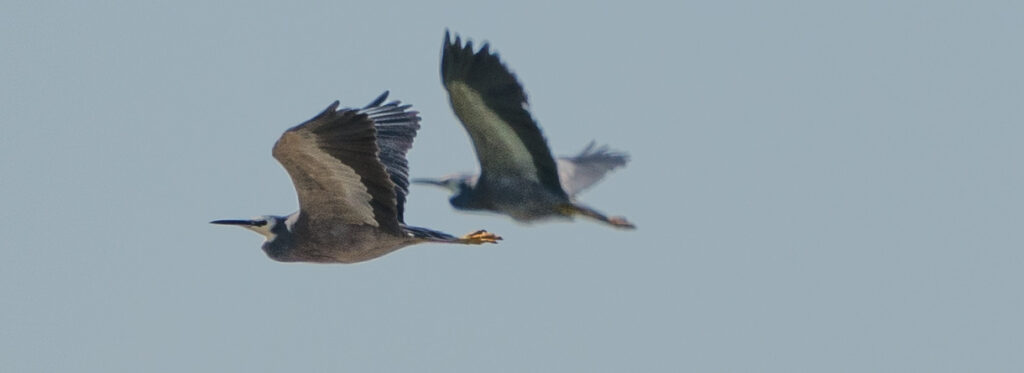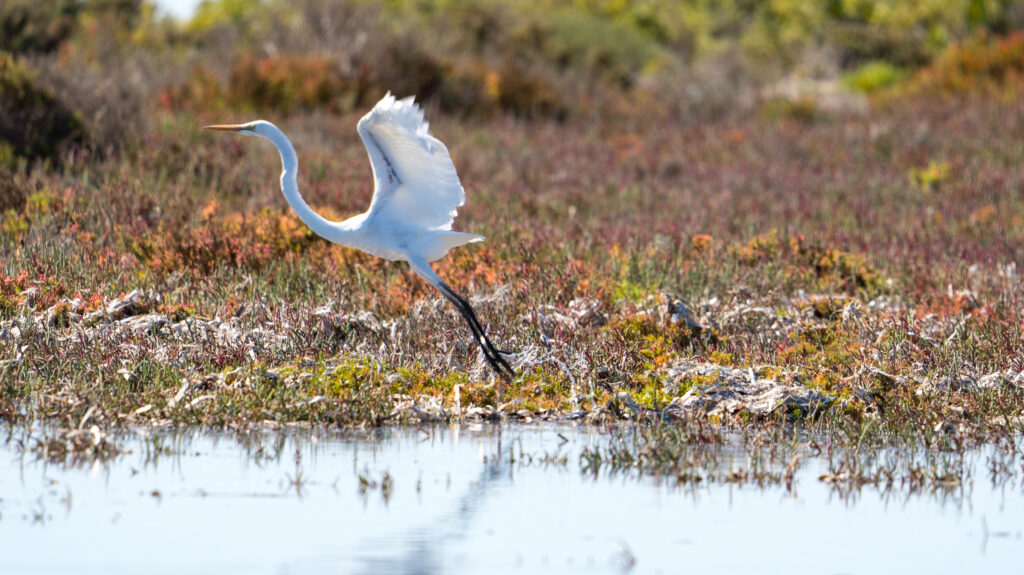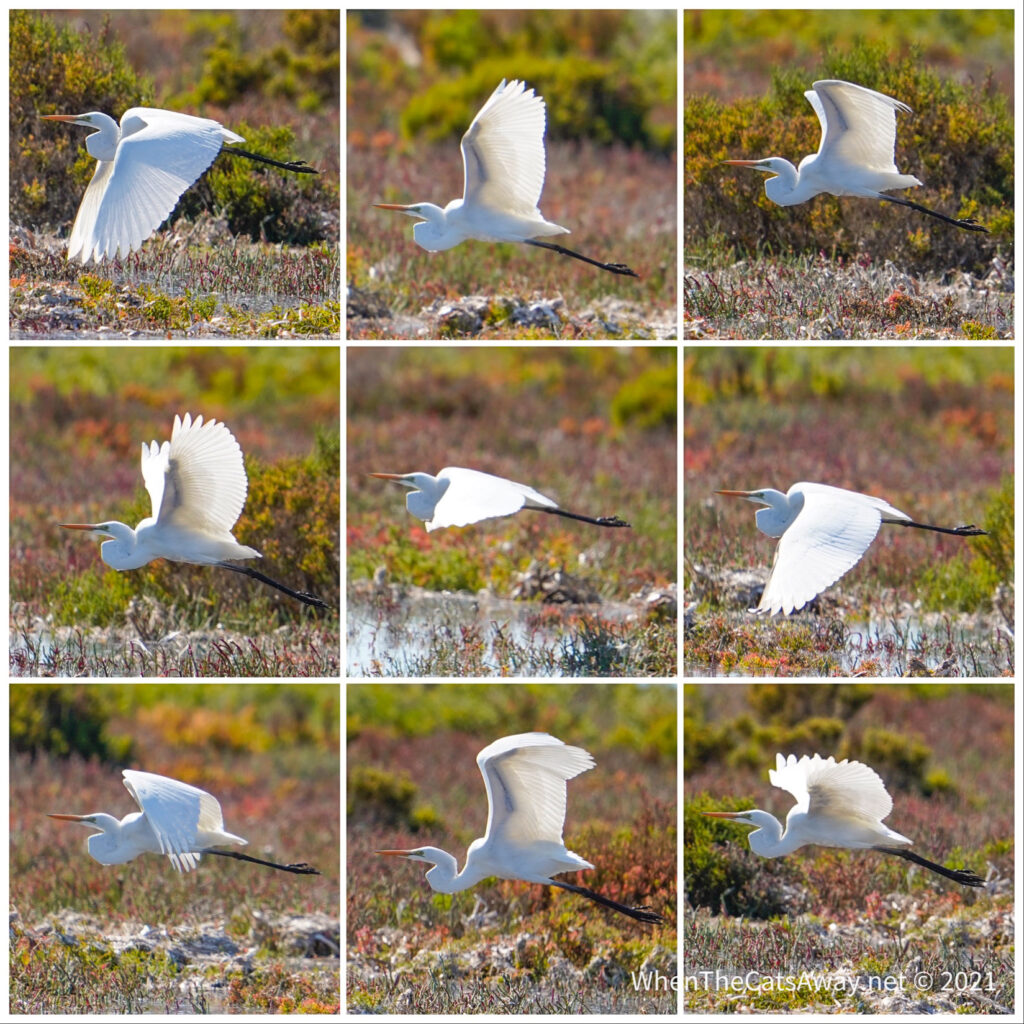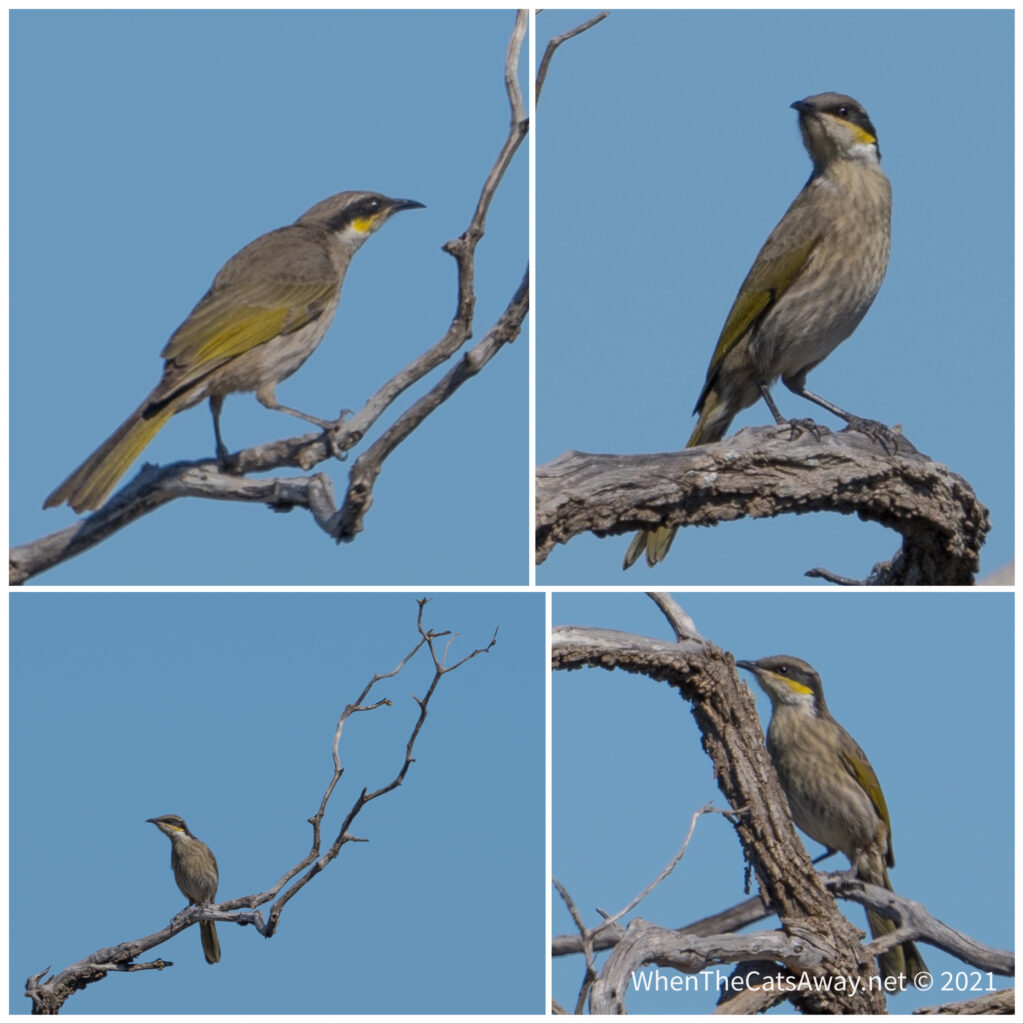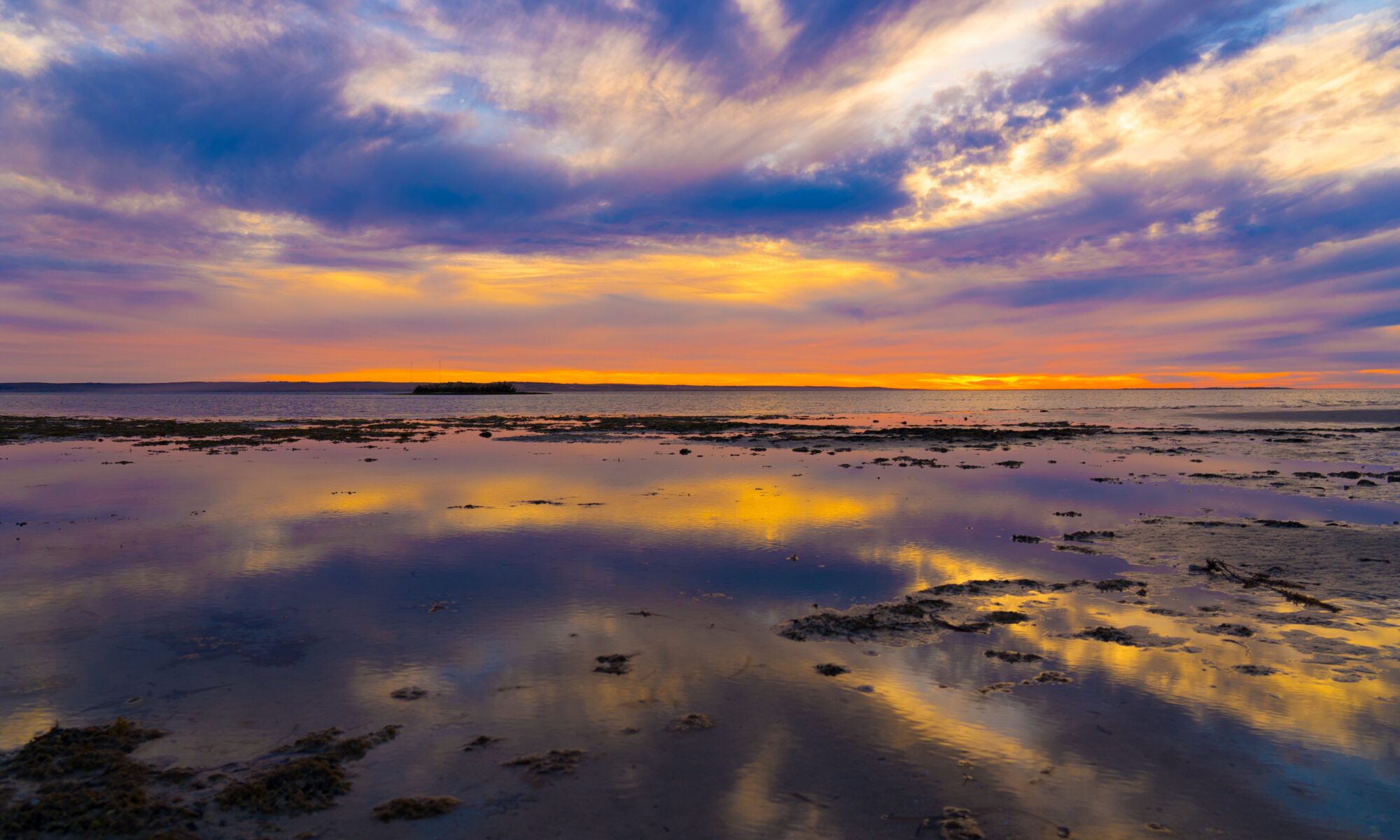Author: Mr A
Location: Streaky Bay, South Australia
Leaving the east coast of the Eyre peninsula for now we decided we had unfinished business with the west coast, and headed off on what turned into a longish drive from Tumby Bay to the small coastal settlement of Streaky Bay. We had briefly visited here before on a previous “lap” of Australia, but hadn’t had time to explore.
Streaky Bay was home to the Wiringu people for “thousands of years”….I hate being forced to use that generalisation, but with almost no archeological research I could find having been done in the area, it has to suffice. So we acknowledge the Wiringu people as the traditional custodians of the land that we now call Streaky Bay. In their oral history they record what is thought to be their first contact with white people, when the Dutch sailing ship Golden Zeepard moored up in the harbour in 1727. After the “Waterloo Bay massacre” that happened in 1849, which is not far away, the Streaky Bay area become a no go area for those First Australians who had up until then survived dispossession of their lands and denial of access to their traditional water holes.
Today Streaky Bay grows as a tourist destination for, amongst other groups, caravaners like us, as well as a small fishing industry and wheat growing inland. The draw for many tourists is getting a line out in the bay, where the delicious king george whiting and garfish lurk. We have sampled both and from the local shop, and they are indeed quite outstanding. The local pacific oysters are also top class, the clean waters of the bay no doubt driving their quality.
We booked for a couple of nights at the Streaky Bay Islands Caravan park, a few kilometers out of town, and yes you can guess why they called it that. Well two nights turned into ten! We found it a really comfortable park to settle in. Clean, spacious sites, nice and quiet at night, it ticked all our boxes. With no town water to draw on, they have even built their own desalination plant!
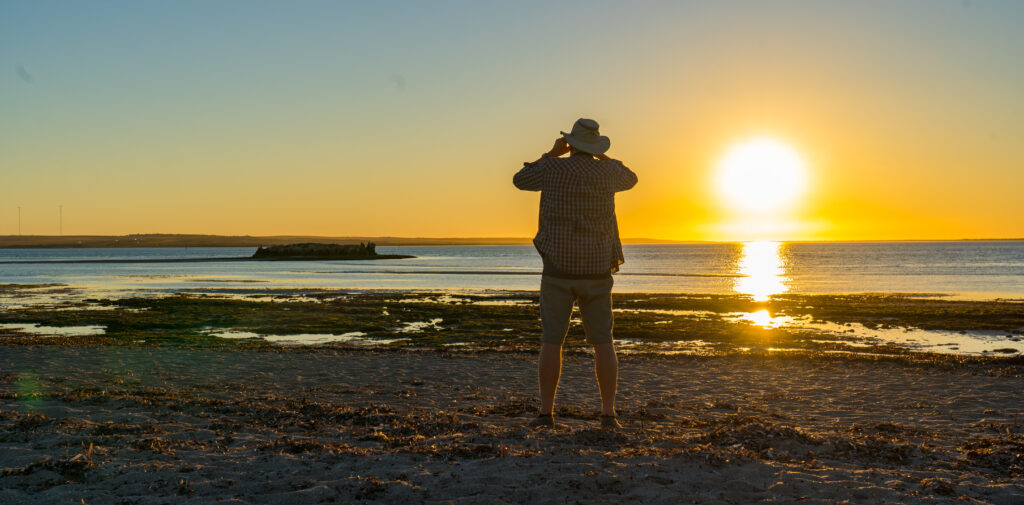
Not being into fishing, we find ourselves in a small minority of folk here, so we have to be creative about finding stuff to do. There are a few nice coastal drives to take with photo opportunities. We took one to a place called Whistling Rocks. – where the blow holes createsmore of a thundering than a whistling.
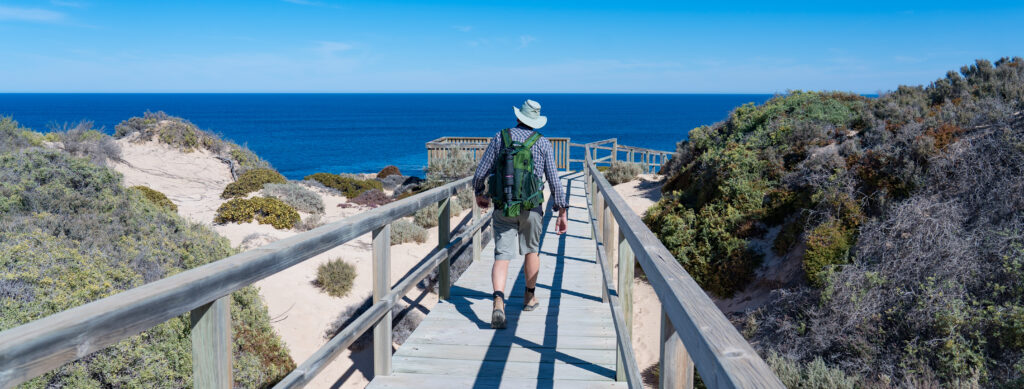
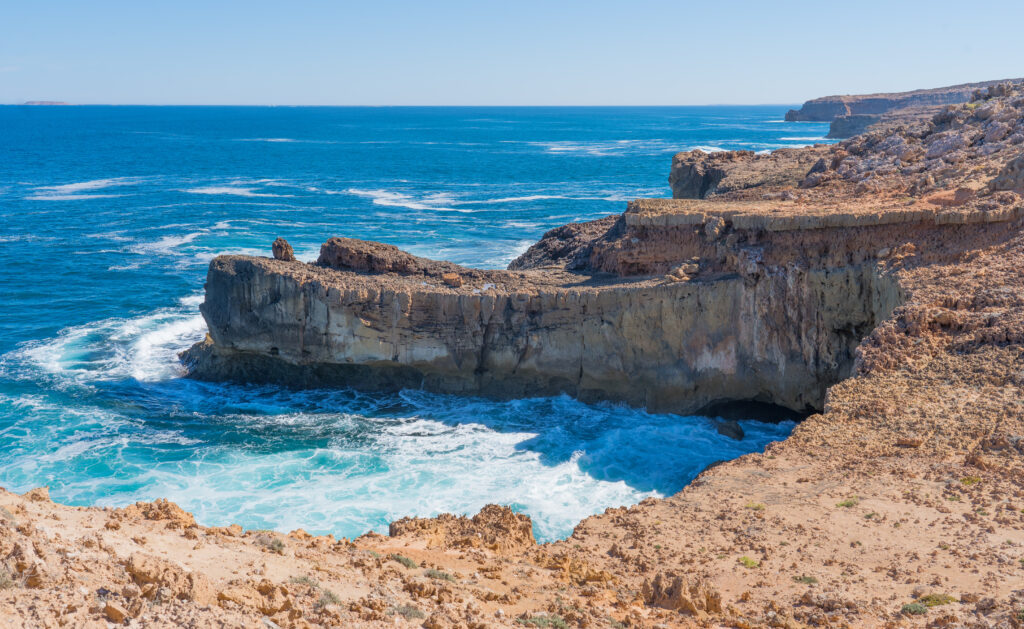
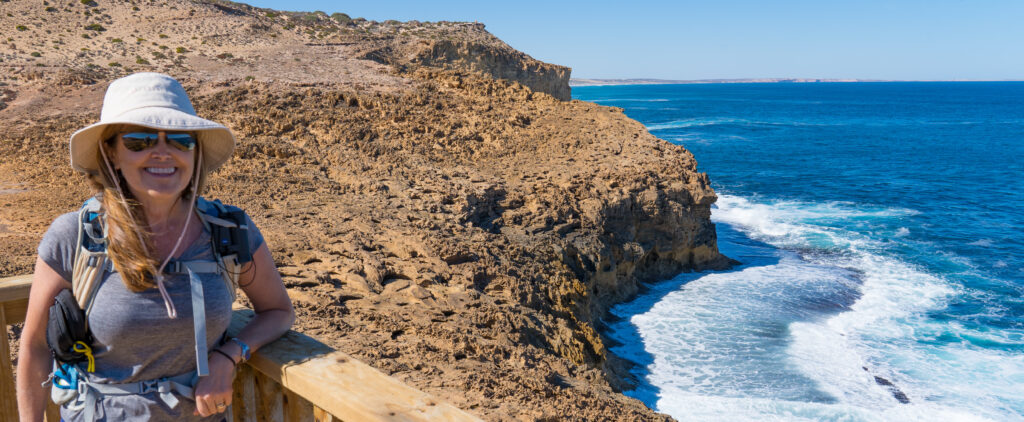
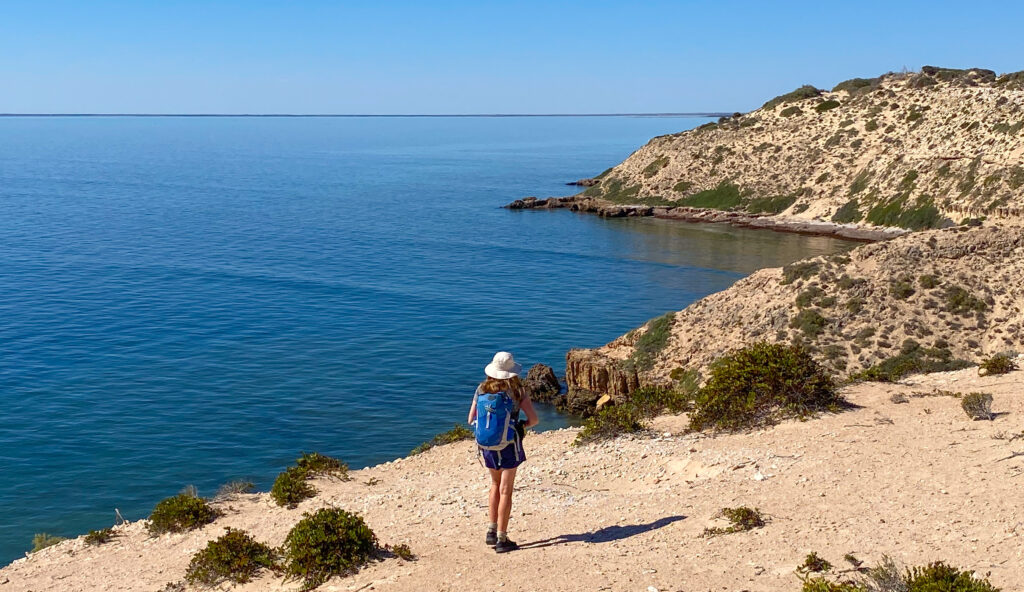
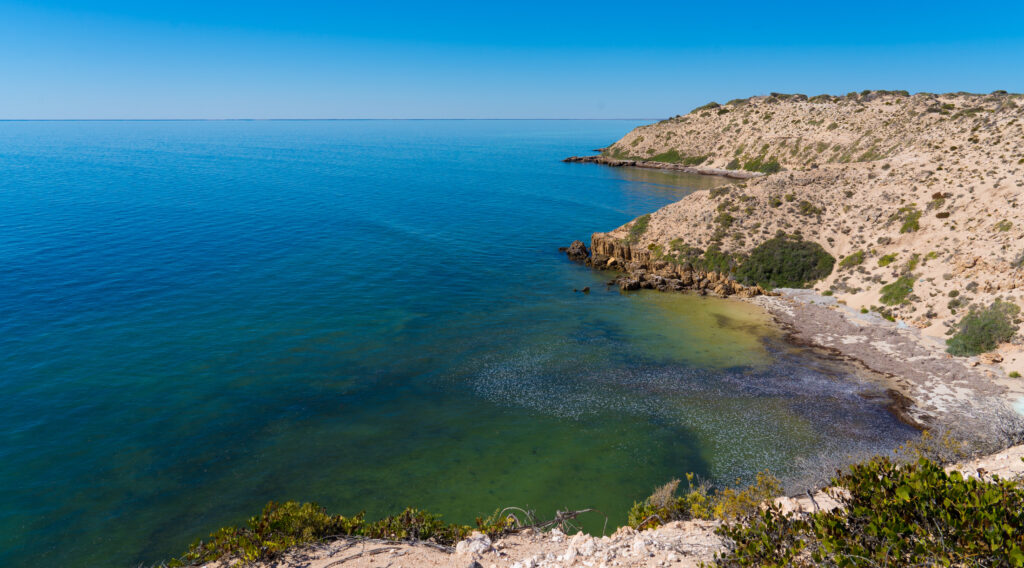
An evening walk from the campsite through the dunes rewarded us with an amazing sunset. These are big, big skies.
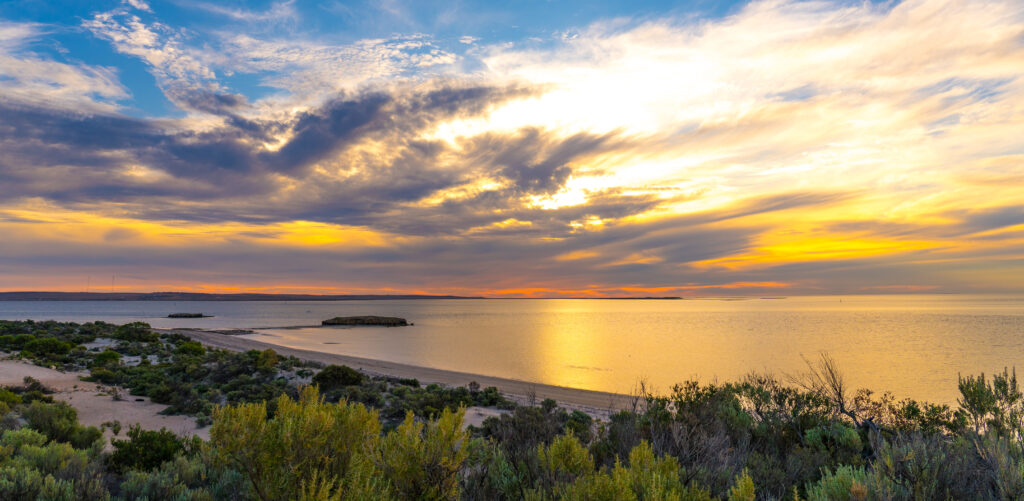
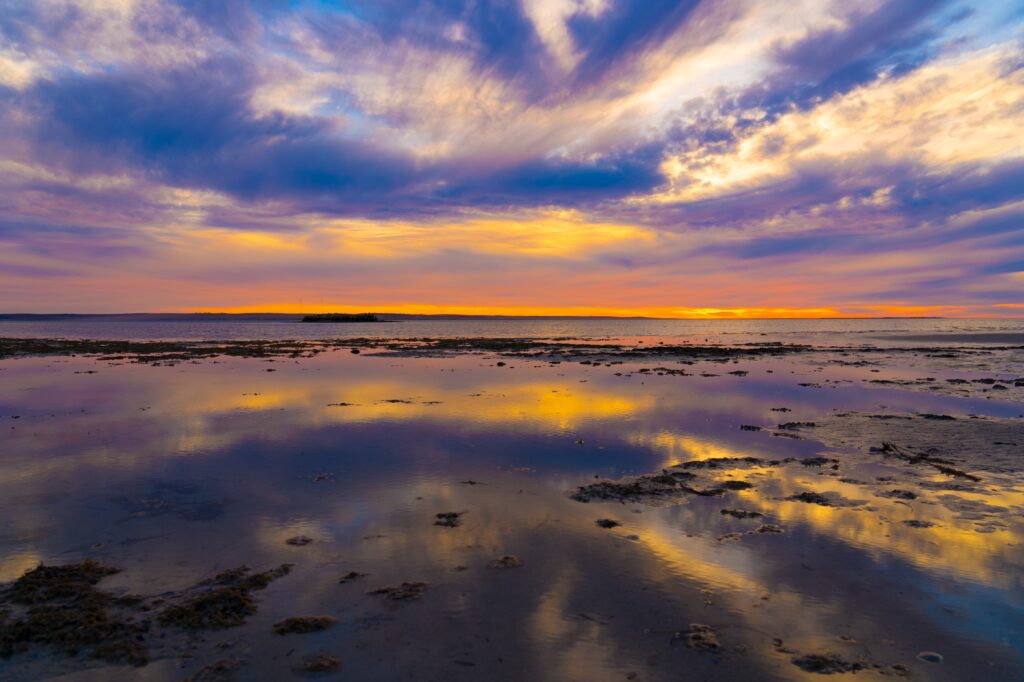
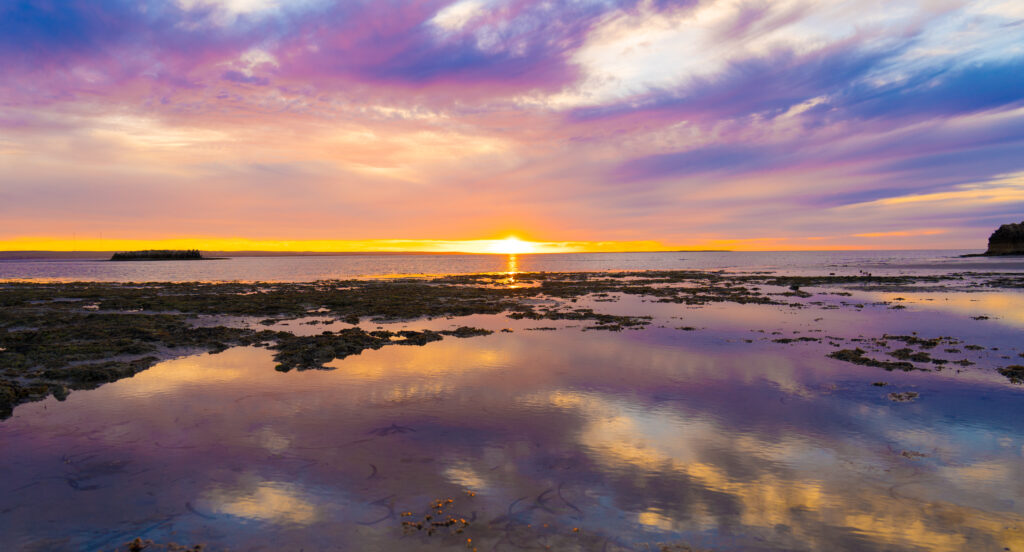
Another day saw us cycling into town, on the well graded shared path. Of course despite hundreds of people staying at the caravan park, we were the only cyclists we saw all day! Eagle Eye Catherine then spotted a sea lion cruising around off the jetty, looking (successfully) for lunch.
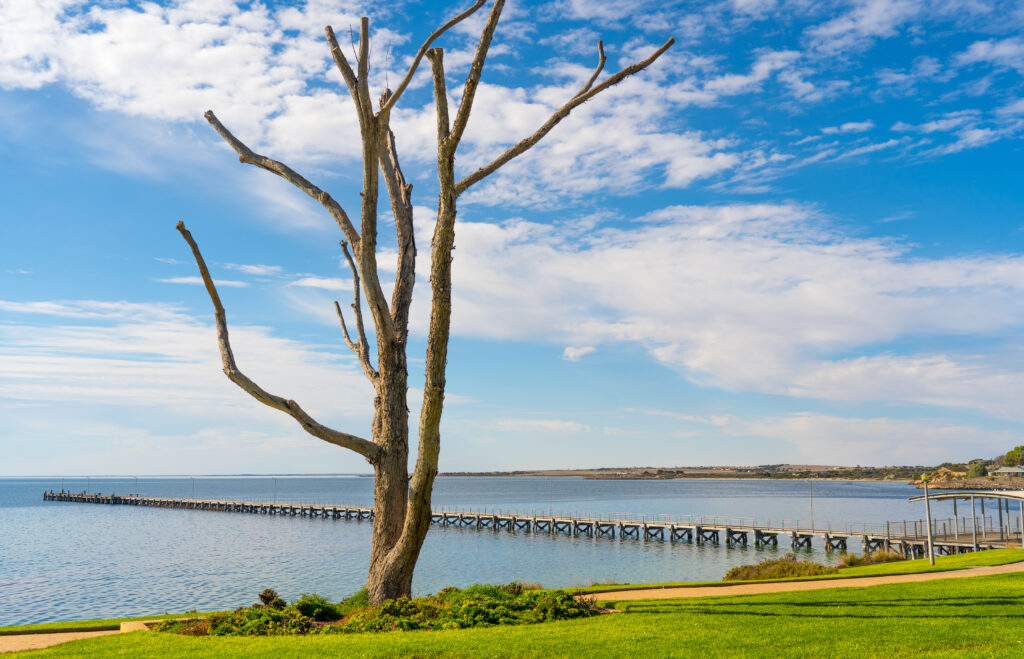

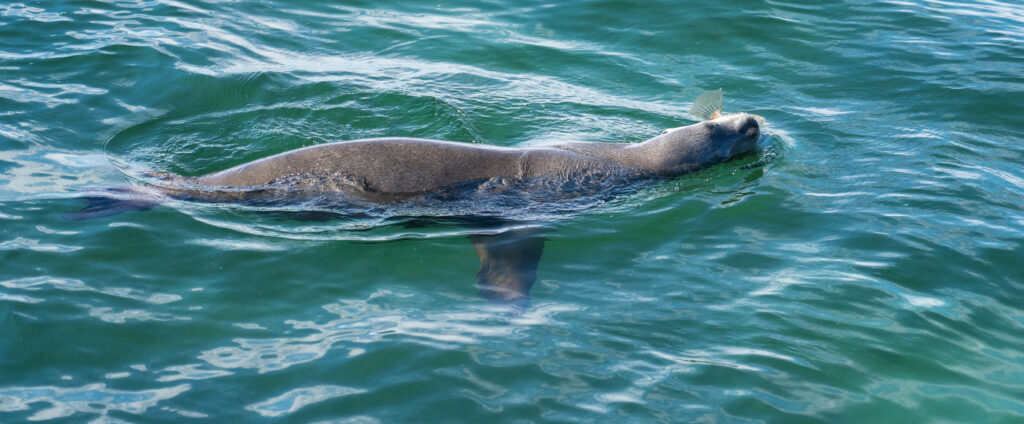
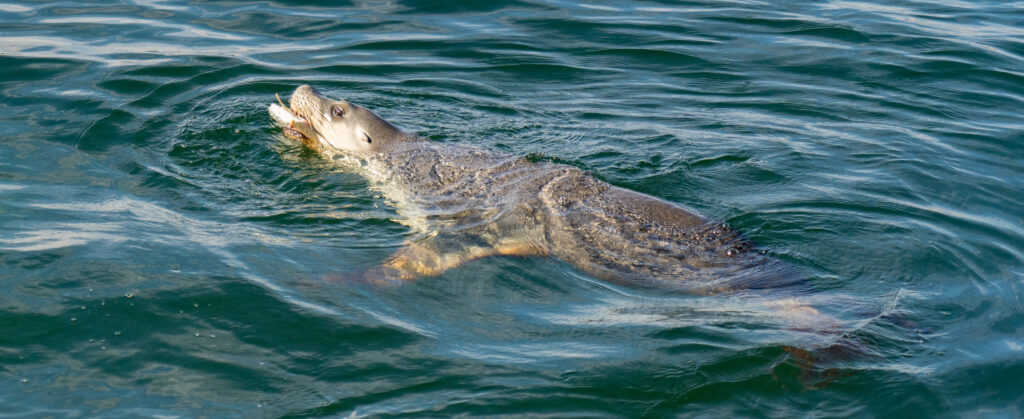
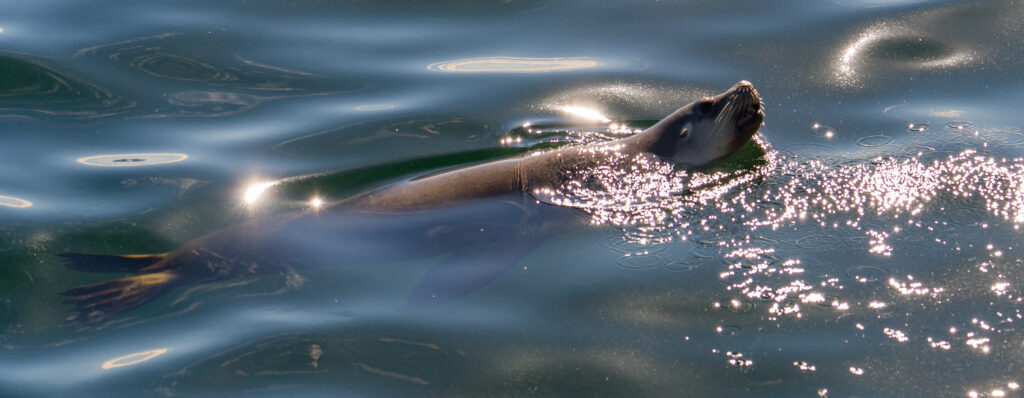
After being hunted in Australian waters in the 19th century, they are like many other of our flora and fauna, listed as endangered. This means they’re declining at greater than 50% over three generations. Commercial fishing, marine pollution and climate change, all are now contributory factors to a continually declining population. as well as an infection that every pup gets called hookworm. You can now find Sea Lions in only 80 breeding colonies along the coast of South (80%) and Western Australia. If you have grandkids, they are likely to read about their extinction in the wild unless something drastic is done now to prevent it. Which, given current initiatives and priorities of budget spending, looks unlikely. Some projects are underway, such as the University of Sydney’s with a vaccine for hookworm on Kangaroo Island, but it’s not looking good. It is all rather depressing I know, but not much point sugar coating it and just sharing the nice pictures?
We continued our mission to find shorebird sites, and with the help of a guy from the Department of the Environment, we did. The last part of the trip took us down a sandy narrow track, and after the Landcruiser nudged its way though one to many tight, prickly spots, we abandoned it and walked. It was a hot dusty slog, but we were rewarded with some awesome sightings as we found the spot where the little creek met the ocean. Plenty of fishing going on here. Check out the great egret sequence – I just keep looking at the grace and beauty of this bird that Catherine has captured so beautifully. And these Singing Honeyeaters are everywhere, their song piercing the silence of the bush.
Memories to cherish.
